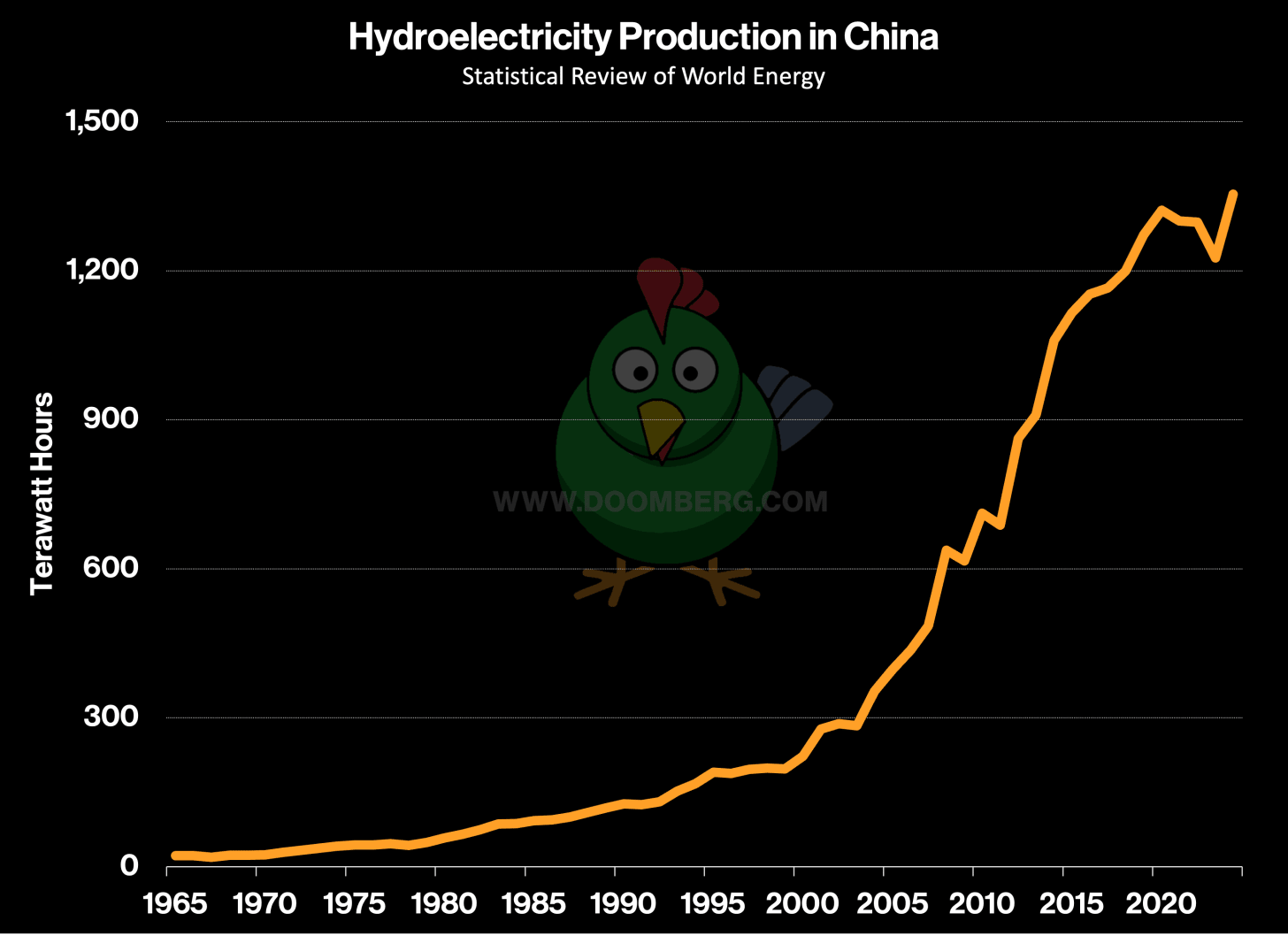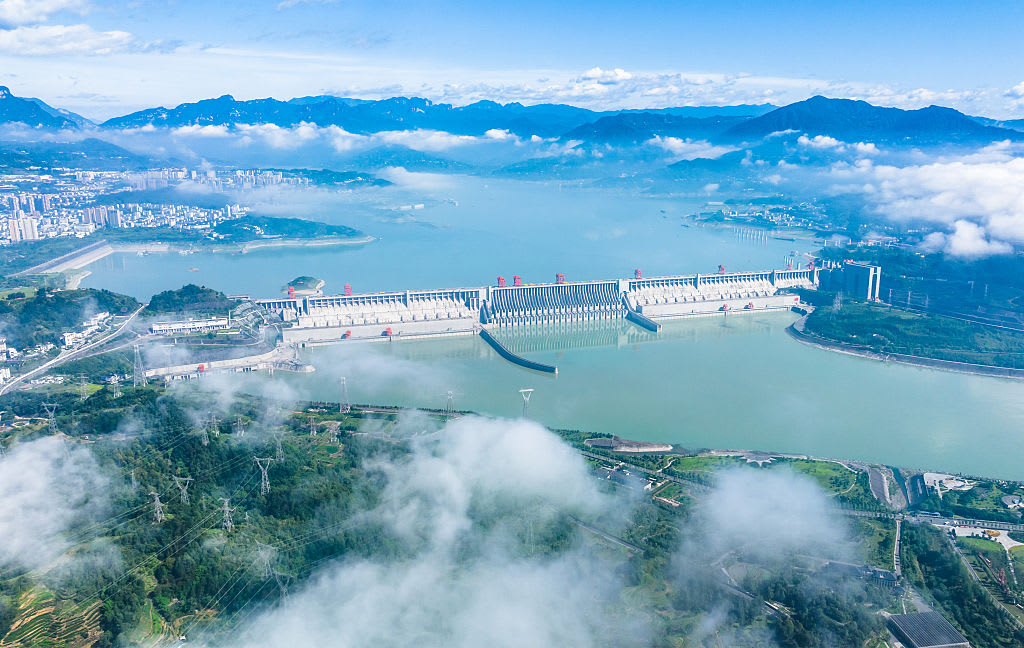“Anything you build on a large scale or with intense passion invites chaos.”– Francis Ford Coppola
As with most things in life, when it comes to energy, there are no solutions, only trade-offs. Every fuel used to power modern life comes with a mix of attributes, some positive, others less so. Coal is cheap and plentiful, but burns dirty. Natural gas is virtually free in some regions, but it is difficult to transport, and some people object to the fact that it's a hydrocarbon. Oil is a wondrous and versatile resource, but it too is a hydrocarbon and is often sourced from dangerous or unstable regions. Wind and solar might reduce carbon emissions, but are intermittent and make grids more expensive to run. The fuel that comes closest to perfection—enriched uranium—carries lamentable and artificially amplified concerns about nuclear waste and reactor meltdown risk.
The one energy source that escapes serious scrutiny while enjoying positive branding labels like “clean” and “renewable” is hydroelectric power—a technology that has directly caused tens of thousands of deaths, reshaped vast swaths of otherwise pristine nature, and displaced millions from their ancestral lands. The 1975 Banqiao Dam failure in China alone officially caused at least 26,000 deaths, with some estimates placing the real toll between 220,000 and 230,000. Compare the global response to that tragedy with the endless hyperventilating about Fukushima.
Not only was China undeterred by the Banqiao fiasco, it promptly rebuilt and fortified the dam. In the 50 years since, the country has embarked on a massive campaign of dam construction and now generates 30% of the world’s hydroelectricity, more than five times that of the US:
Included among China’s repertoire of hydroelectric infrastructure is the colossal Three Gorges Dam near Yichang in Hubei Province—the world's largest such facility, with an installed capacity of 22.5 gigawatts (GW). Construction of the 185-meter-tall dam began in 1994 and was completed in 2006, reaching full power generation by 2012. Three Gorges typically operates at about a 50% capacity factor, producing about 100 terawatt-hours (TWh) of hydroelectricity per year.
Controversial from the start, criticism of the Three Gorges project endures. More than a million people in 1,500 cities, towns, and villages along the Yangtze River were forcibly relocated. Countless unique natural habitats and significant cultural sites now lie beneath what amounts to a gigantic artificial lake. Allegations of corruption surrounded the project. During construction, more than 100 workers died. Over the years, heavy rains during China’s notoriously volatile flood season appeared to threaten the dam’s integrity, raising significant international distress about the devastation a full collapse would unleash.
Green energy, indeed.
Undeterred by such concerns, the Chinese government began construction in mid-July on a new hydroelectric project that makes the Three Gorges Dam seem modest by comparison. Situated in southeast Tibet near a highly sensitive and disputed section of the border between China and India, the envisioned Medog Power Station would harness a 2,000-meter drop in the Yarlung Tsangpo River along a 50-kilometer stretch. If its five cascading mega-dams are completed as planned, Medog promises to fundamentally reshape global energy markets. Let’s quantify the staggering numbers behind the project and assess its national and global implications.
.png)





